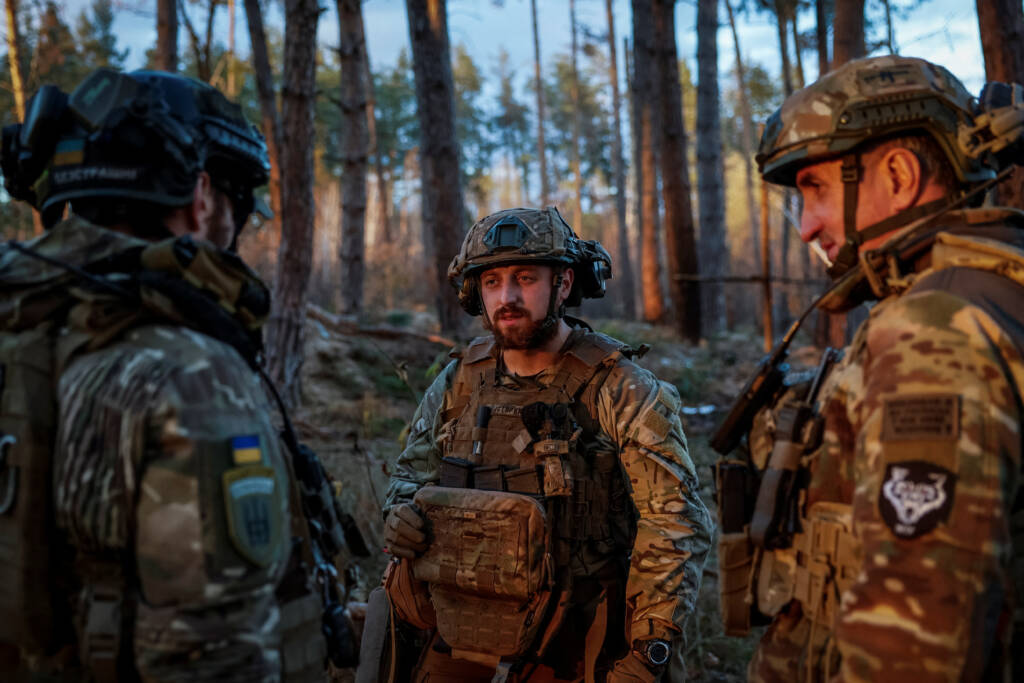The prevailing sentiment in the West regarding the US’ support for Ukraine is shifting markedly. Initial enthusiasm has waned as the aid provided has proven insufficient to significantly alter the course of the conflict with Russia. Observers are recognizing that the assistance, although substantial, only marginally impedes Russia’s swift territorial advances. As the conflict escalates, Russia has adeptly capitalized on Ukraine’s failed counteroffensive to seize the military-strategic upper hand. The challenges facing Ukraine are extensive and complex, ranging from logistical deficiencies to tactical setbacks, all interlinked in exacerbating the nation’s precarious position.
Central to the unfolding scenario is Russia’s decisive victory in what can be termed the “race of logistics” or a “war of attrition” against NATO. Over the past eighteen months, Russia has consistently expanded its control, unimpeded by Western sanctions which have failed to disrupt its economic stability or military production capabilities. Furthermore, attempts at sabotage have scarcely affected Russia’s robust military-industrial complex. In contrast, NATO has struggled to escalate its own production to meet these challenges, thereby widening a strategic gap that increasingly disadvantages Ukraine as the conflict drags on.
This disparity in military-industrial capability has led to a noticeable decline in Ukrainian morale and manpower. The failure of Ukraine’s counteroffensive, coupled with Russia’s continued territorial gains, has deterred many Ukrainian men from enlisting in the armed forces. This decline in troop numbers is critical; without sufficient manpower, Ukraine’s ability to maintain its defensive lines and stave off Russian advances is severely compromised. This dire situation suggests a looming crisis where Ukrainian defenses could potentially collapse under the sustained Russian onslaught.
Moreover, Russia’s recent rapid advancements in the Donbass region have put unprecedented pressure on Ukraine’s defensive strategies. President Zelensky’s calls for the construction of new defensive lines late last year have yet to yield significant progress. Hindered by a severe shortage of both equipment and troops necessary to hold the current lines while establishing new ones, Ukraine faces an increasingly probable threat of a breakthrough, as previously warned by the Ukrainian Intelligence Committee. This alarming development underscores the urgent need for enhanced support and strategic reassessment if Ukraine is to withstand the Russian offensive and stabilize the front.
As Ukraine approaches a critical juncture with President Zelensky’s term ending on May 21, the nation faces mounting internal and external pressures. The Ukrainian Intelligence Committee has raised concerns about potential political unrest next month, suggesting external influences, though such turmoil may stem more genuinely from domestic issues. The escalating authoritarianism, corruption, forcible conscription, severe economic difficulties, and the absence of a clear resolution strategy are contributing to growing discontent among the Ukrainian populace.
A detailed examination by The Washington Post of last summer’s failed Ukrainian counteroffensive pinpoints a significant misstep: Ukraine’s disregard for strategic advice from the U.S. This defiance was notably illustrated when President Zelensky directed assaults on Russian energy facilities, bypassing more critical military targets, a decision influenced by overly flattering U.S. media portrayals of his leadership. This highlights a critical misalignment between Ukrainian initiatives and advised strategic priorities.
Commander-in-Chief Syrsky has openly communicated to Ukraine’s allies the deteriorating operational and strategic conditions, which are expected to worsen. He suggests that without significant changes, such as the demilitarization of regions east of the Dnieper to establish a buffer zone, the Ukrainian front could collapse by summer, potentially leading to capitulation or necessitating NATO intervention.
Morale within the Ukrainian forces is reportedly at its lowest. Insights from Niko, a soldier from the Azov battalion, reveal widespread draft dodging and a general reluctance to join the front lines. This sentiment was starkly illustrated in a recent engagement where Ukrainian forces offered minimal resistance in a Donetsk village, signaling profound fatigue and a breakdown in military discipline. The public’s sympathy towards those avoiding conscription and the growing disdain for military leadership are exacerbating the crisis. Ukrainians are increasingly resorting to desperate measures to evade military service, including dangerous attempts to leave the country, further stressing the nation’s stability and the integrity of its defense efforts. These compounding challenges underscore the urgent need for a coherent strategy and robust support to navigate this precarious period.
